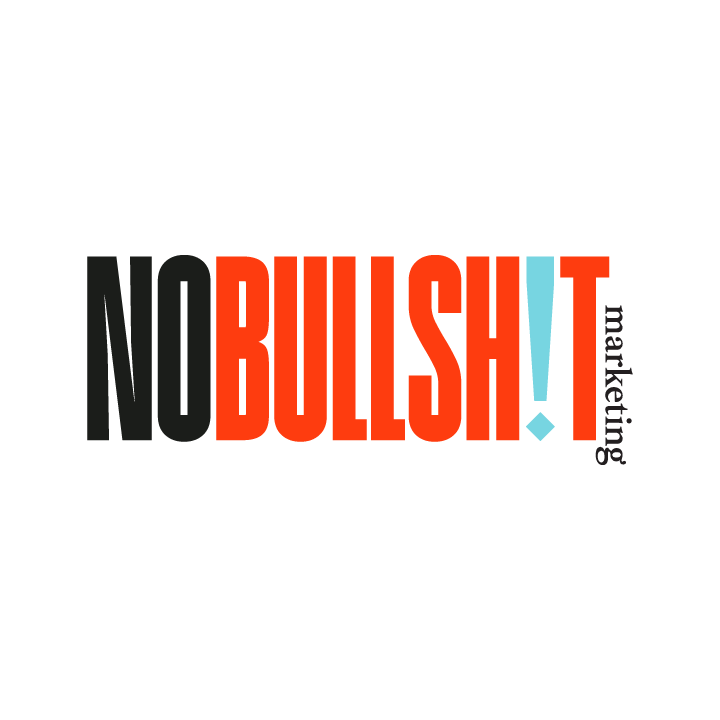Creating a Content Calendar for 2023
With a new year only a few weeks away (if you can believe that!), it’s time to start creating your content calendar. Planning out what content you’ll create and share to maintain a consistent digital presence throughout the year can make all the difference in your success. Whether you’ve been diligently observing this task every year or whether you’ve always neglected it, there are eight simple tips you can follow to ensure 2023 is your best year for social media yet.
Why Should I Create a Content Calendar?
First, consider the benefits of having a content calendar. Planning out your content will help you stay on track and put out content on a consistent basis. You are less likely to overlook important content opportunities (such as holidays). Although it’s a lot of up-front work, it will mean a lot less stress for you in the long run. Ideally, plan your content calendar out in such a way that you’ll have at least some content published every day. Though there might be some days when you have a lot more content to share, and there may be days when you feel it’s appropriate to have less of a presence on social media.
Now, let’s take a look at some important steps you should take in creating a content calendar.
1) Reflect on last year’s content
The easiest way to improve your digital presence is by taking a critical look at what you’ve done in the recent past. What kind of content seems to be resonating with your audience? Is there any content that they seem to dislike or seem to be non-responsive to? Understanding what works (and what doesn’t) will help you continue planning high-quality content that gets engagement and converts followers to customers.
2) Diversify your content
You don’t want all of the same kinds of content or else your digital presence gets boring. Give your followers as many different media as you can. Share photos, videos, links, and infographics. If you have a plain text post, consider adding at least a GIF to give it some visual appeal that will garner some extra attention. Not only will diversifying your content stop things from feeling repetitive or stale, but also it will help you analyze what media tends to be most successful.
3) Prioritize trends
While you’re diversifying your content, pay close attention to the latest trends that a platform has released or is trying to push. When Instagram launched Reels, it pushed this content out heavily, offering a great opportunity for brands to reach new audiences. Every time a platform offers a new type of content you can create, try to be among the first to jump on the bandwagon.
4) Create campaigns
Most of your content will be standalone posts, but there will be times when you will want to build momentum over the course of a week or even a month. You can strategically plan out these campaigns to encourage people to check back frequently and follow along. Maybe it’s the countdown to a new product launch and you post a hint every day at a specific time. Maybe you’re holding a contest and sharing posts about entries up until the day you announce a winner. Find an incentive that will hook your followers into following along and create a series of content you can share for a designated period of time.
5) Remember the 80/20 rule
It’s easy to fall into the trap of endlessly promoting your products and services. But remember that social media is about being social. You want to build relationships with people. About 80% of your content should be social and personable, and no more than 20% of your content should be promotional. And on that note…
6) Remember to have a personality
People like following brands that have a designated personality online. When you’re planning out your content calendar, take into account what sort of aesthetic any of your visuals will reflect and what kind of brand voice you’ll use in your copy.
7) Seek collaboration opportunities
There are plenty of social media users who have big followings you can take advantage of via content collaboration. Offer them free samples if they are willing to give you a shoutout. See whether they want to come on your podcast to talk about your industry, or write a guest post on your blog. Collaborations are great because new faces and voices keep your content interesting, and you’re able to take advantage of your co-collaborator’s audience.
8) Remember it will change
Your content calendar isn’t set in stone. There will always be surprises, and you may have to rearrange some content to accommodate a timely important announcement or to fill a blank spot left by content that didn’t come to fruition. Remain flexible and be ready to go with the flow.

